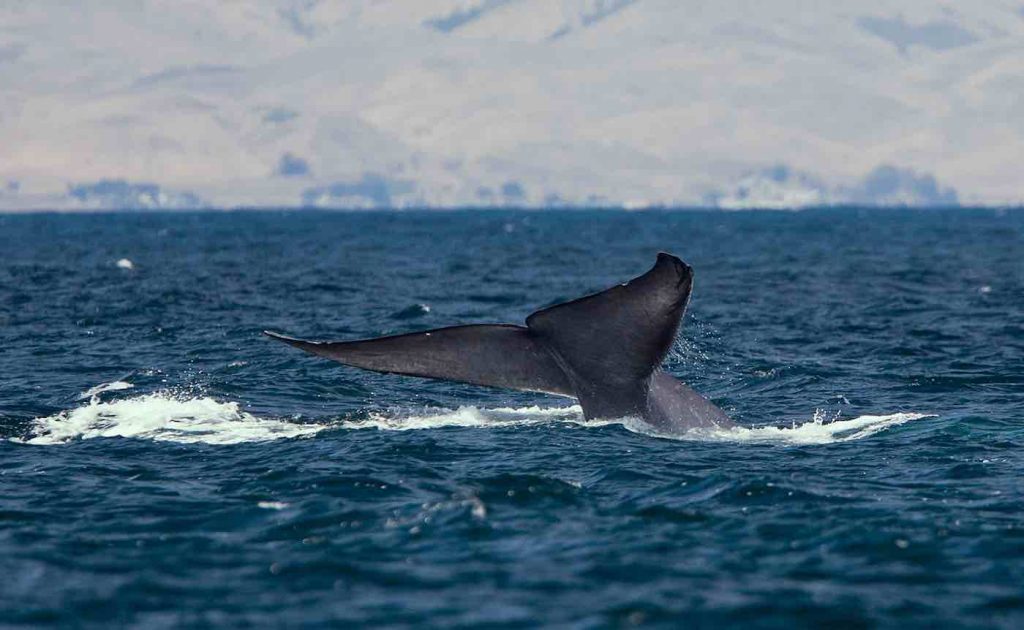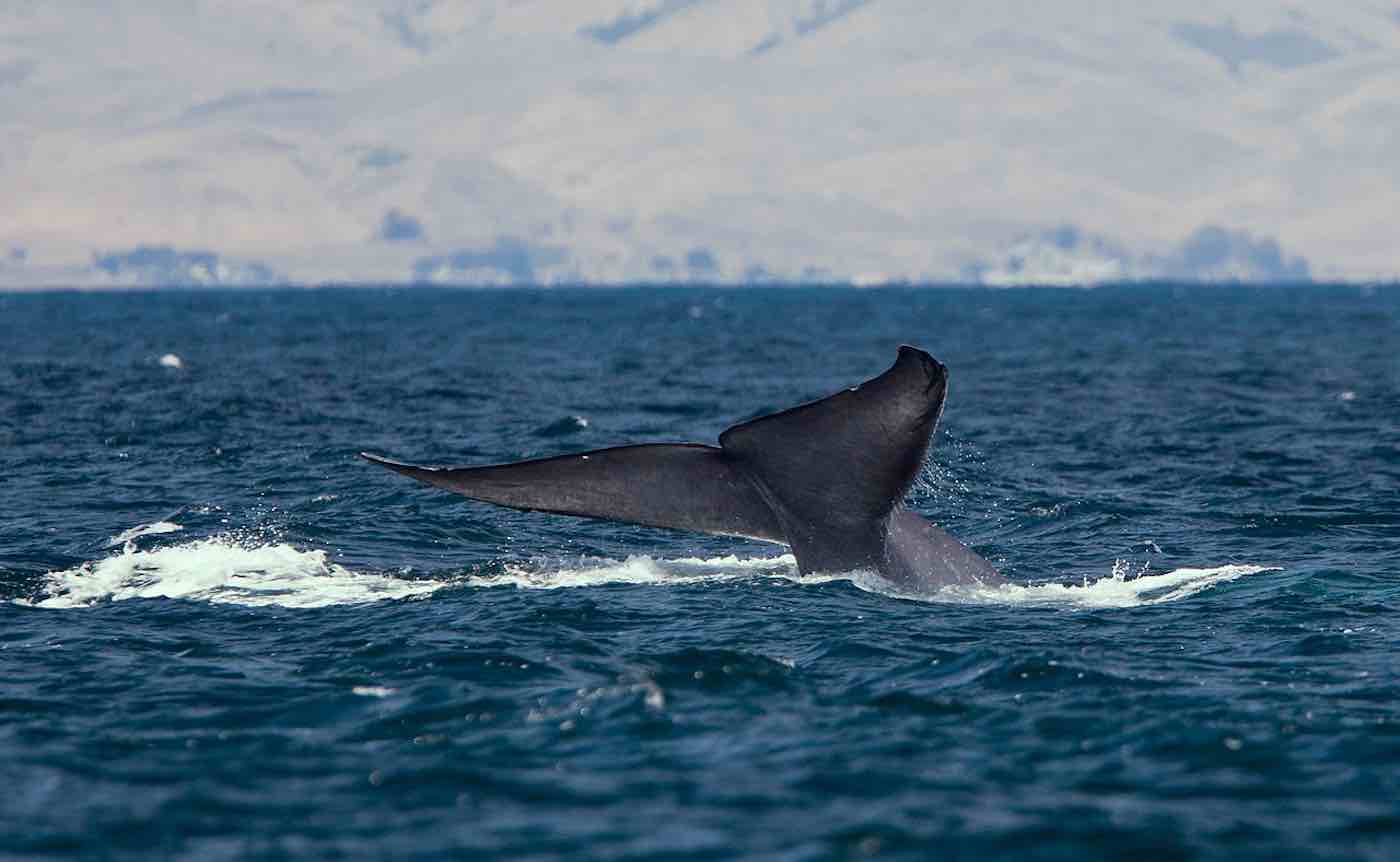Before 60 years of whaling decimated their population, the South Georgia Island off the coast of Antarctica was a teeming feeding ground for humpback whales, blue whales, fin whales, and southern right whales.
Now, researchers at the British Antarctic Survey (BAS) have discovered that many of these whales have returned—some in large numbers—to South Georgia.
Since the international moratorium on whaling in 1982, decades of protection have allowed the critically endangered blue whale—the largest of these beasts and the largest animal ever to live—to bounce back considerably after losing 97% of the species.
In 2018, the research mission recorded only 1 sighting and several acoustic confirmations of blue whales—but this year’s voyage logged 36 sightings, totaling 55 individuals.
“For such a rare species (blue whale), this is an unprecedented number of sightings and suggests that South Georgia waters remain an important summer feeding ground for this rare and poorly known species,” reads a press release on the British Antarctic Survey website.
WATCH: Couple Buys Up Acres Around Indian Tiger Reserve For Reforesting So Big Cats Can Roam
The 2020 expedition also found evidence of around 20,000 humpback whales, and managed to satellite tag several rare southern right whales.
“After three years of surveys, we are thrilled to see so many whales visiting South Georgia to feed again,” says team leader Dr. Jennifer Jackson, a whale biologist at the BAS. “This is a place where both whaling and sealing were carried out extensively. It is clear that protection from whaling has worked.”
Speaking with The Independent, Jackson revealed that her team was “thrilled” at the sighting of so many blue whales, which also suggested there is still ample food available for these leviathans.
LOOK: Photographer Captures Incredible Moment Wild Orangutan Offers Hand to Man in Snake-Infested Waters
“Relative to many other oceans on the planet, the Southern Ocean is still relatively pristine, so it still has capacity to support large numbers of whales,” she said.
In a recent presentation to the World Economic Forum, economist Dr. Ralph Chiami and whale biologist Michael Fishbach presented an economic analysis on great whales as agents of climate-change prevention. They estimated that the life of each whale is worth around $2 million dollars because of the massive role they play as storehouses of carbon, due to the enormous amount of feces which feeds the proliferation of phytoplankton—the marine algae that breathe half of the oxygen into planet earth.

No whale is worth more to the public good than the blue, and these massive beasts take more than 33 tons of carbon with them down to Davy Jones’ locker when they die. While alive, their massive “fecal plumes” nourish entire communities of phytoplankton which suck up hundreds of billions of tons of CO2 every year.
RELATED: Hawaii’s State Bird Soars Back From Brink of Extinction After Only 30 Birds Left on Islands
The discovery during the BAS 2020 survey has prompted the call for a new assessment of Antarctic blue whale recovery to be conducted by the International Whaling Commission Scientific Committee next year in order to find out how well they are recovering from the whaling years.
Be Sure And Share This Whale Of A Good News Tale With Your Friends On Social Media…




















